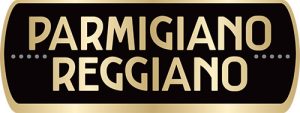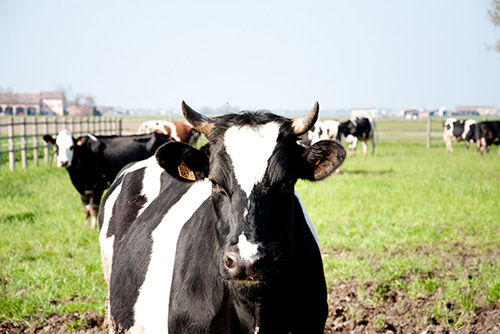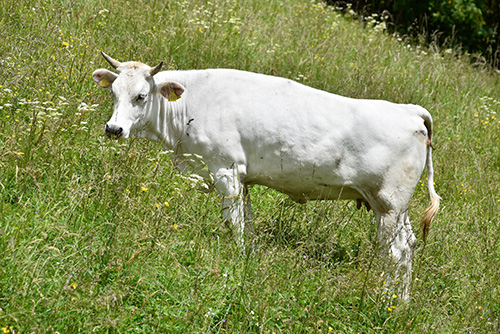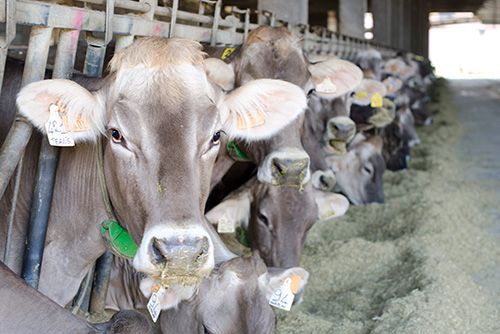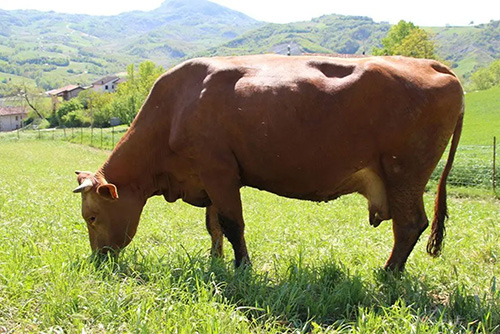Our Partnership
The National Italian American Foundation (NIAF) and the Consorzio del Formaggio Parmigiano Reggiano have established a special partnership to promote Italian culinary excellence and heritage. This collaboration showcases one of Italy’s most treasured products while strengthening the cultural ties between Italy and the United States.
With the United States being Parmigiano Reggiano’s largest foreign market, importing 16,286 tons (+13.4% increase over the previous year), the Consortium is investing in an expanded American presence. Through this partnership, NIAF is proud to help share the rich history and unparalleled quality of authentic Parmigiano Reggiano with the over 20 million Italian Americans and countless food enthusiasts across the United States.
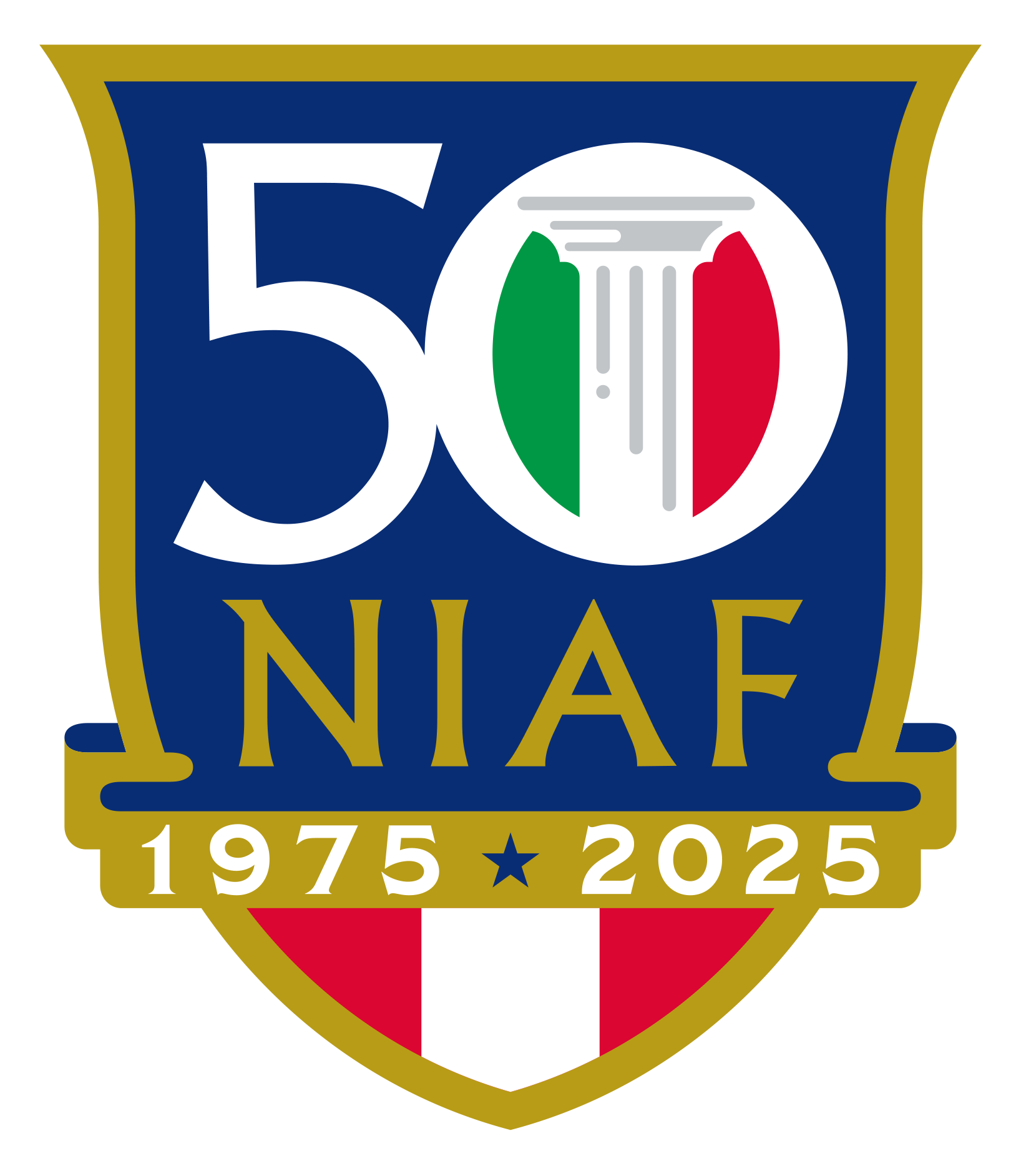

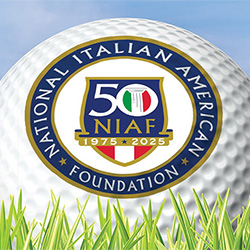 LA Golf Tournament!
LA Golf Tournament!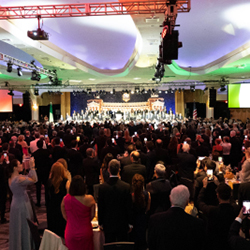 Relive our 50th Gala!
Relive our 50th Gala!
